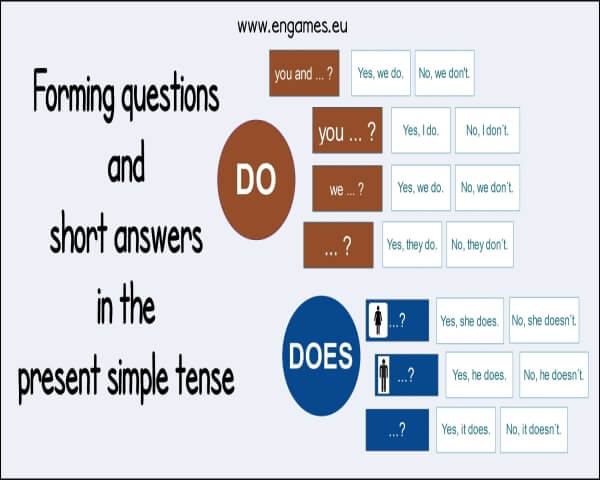Forming questions and answers in the present simple tense
In this post, I would like to share the best activities I know to teach questions in the present simple tense. The aim of these fun activities is to help your students form the YES/NO questions and short answers correctly. I have used all these activities in my classes and they worked very well. In…

